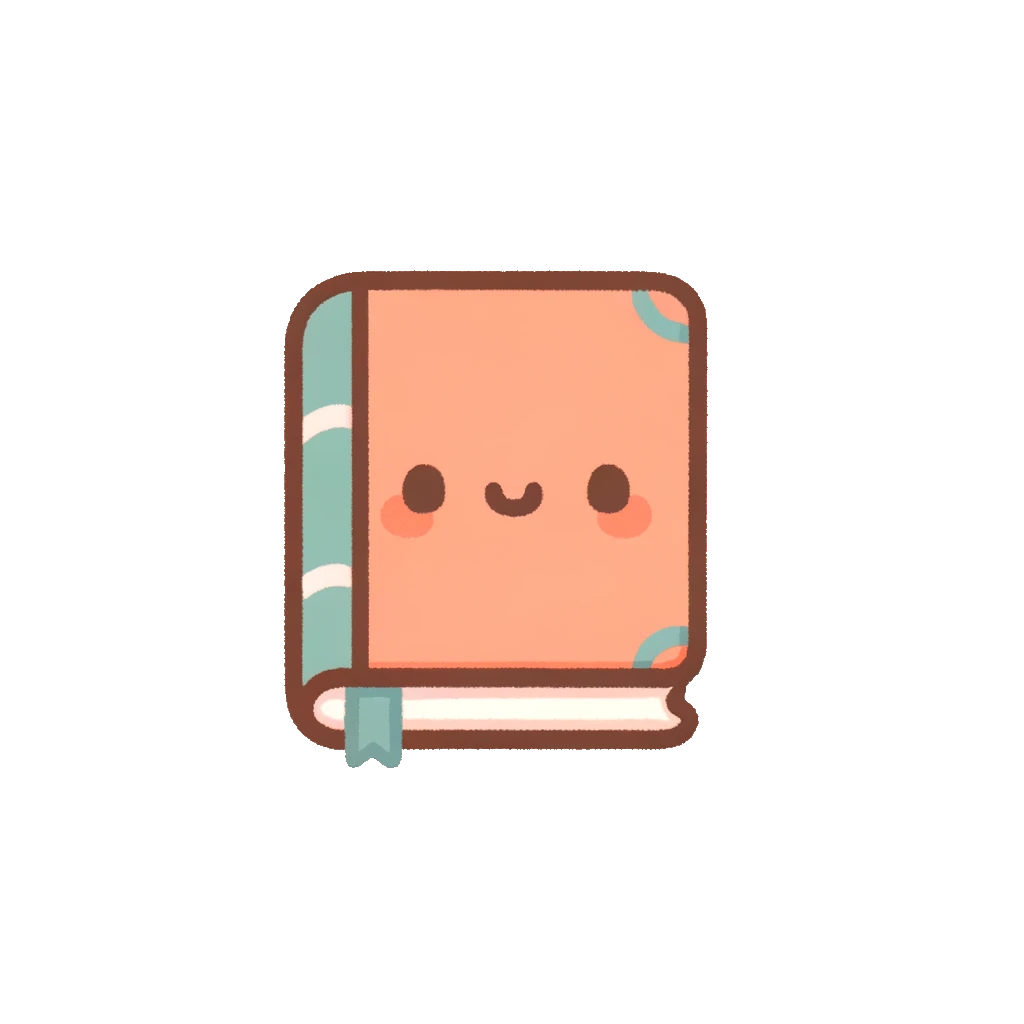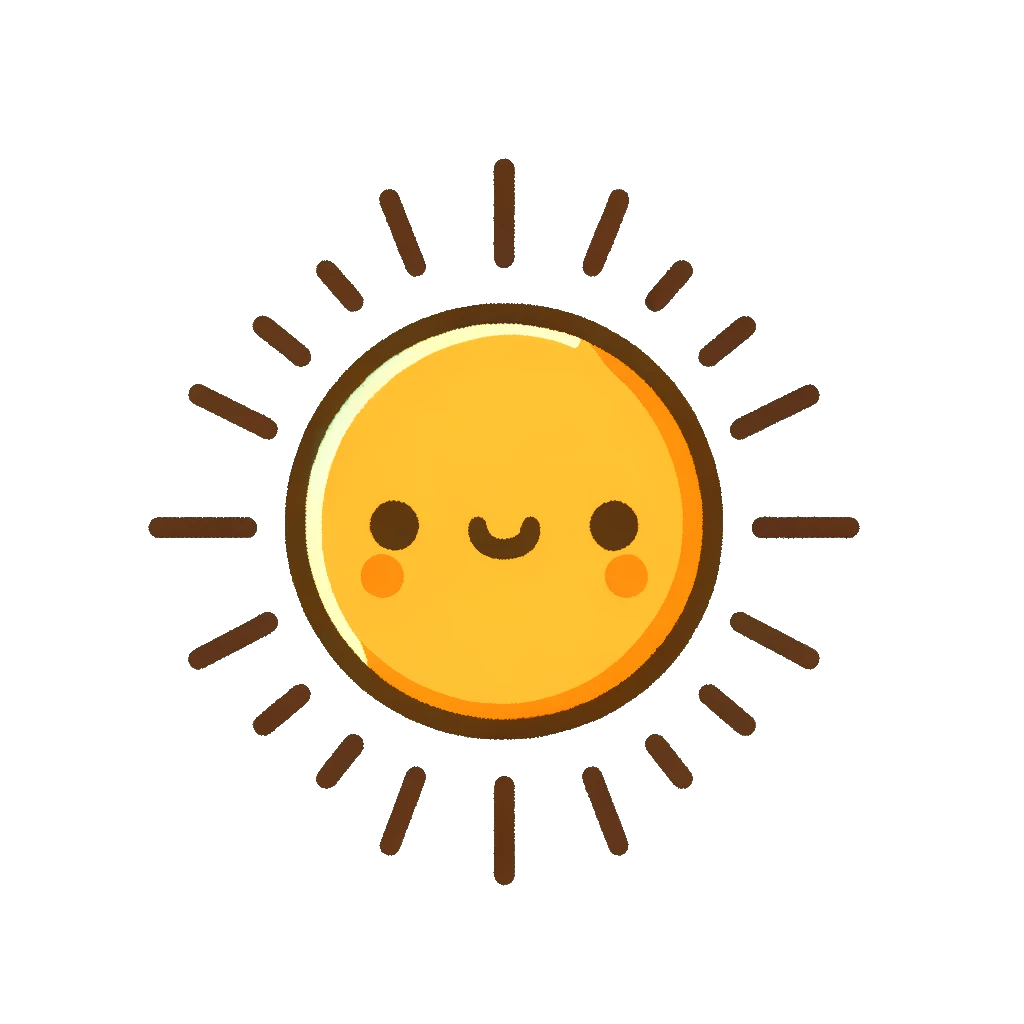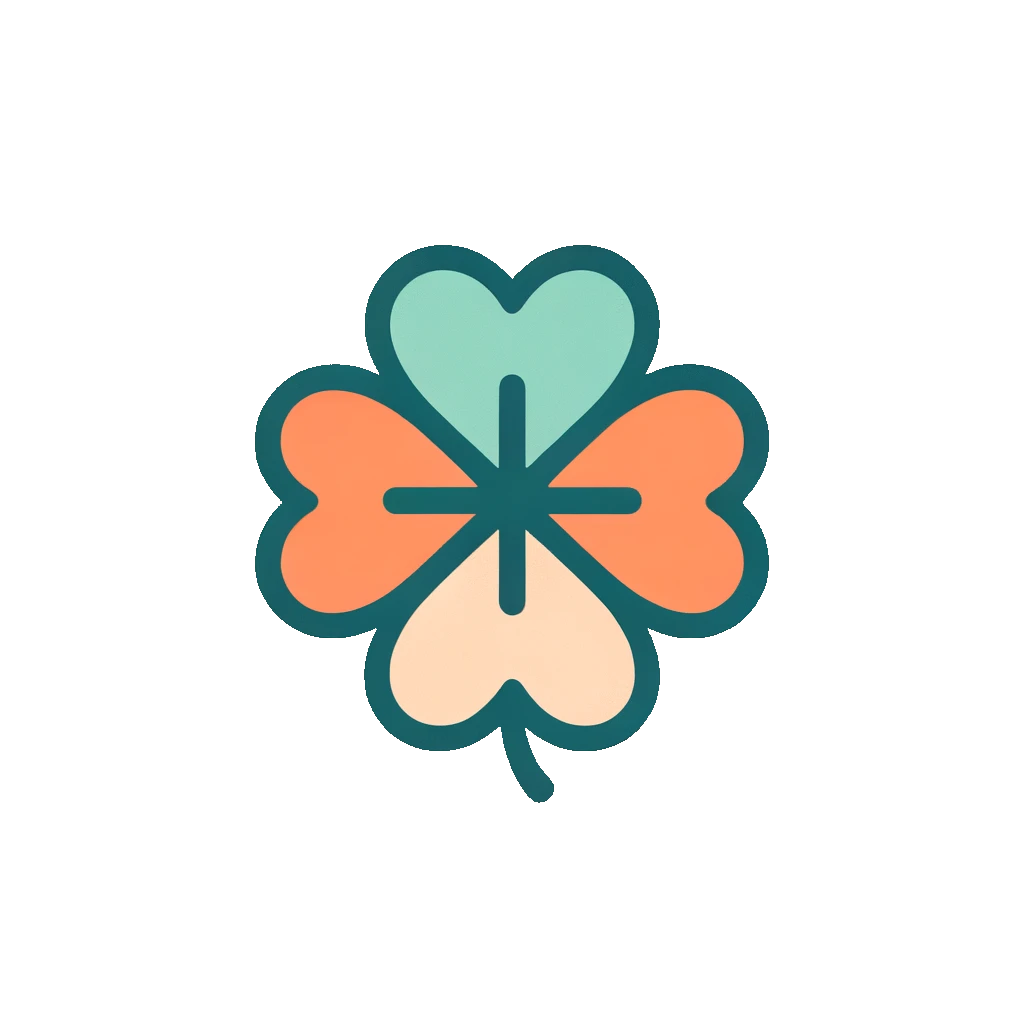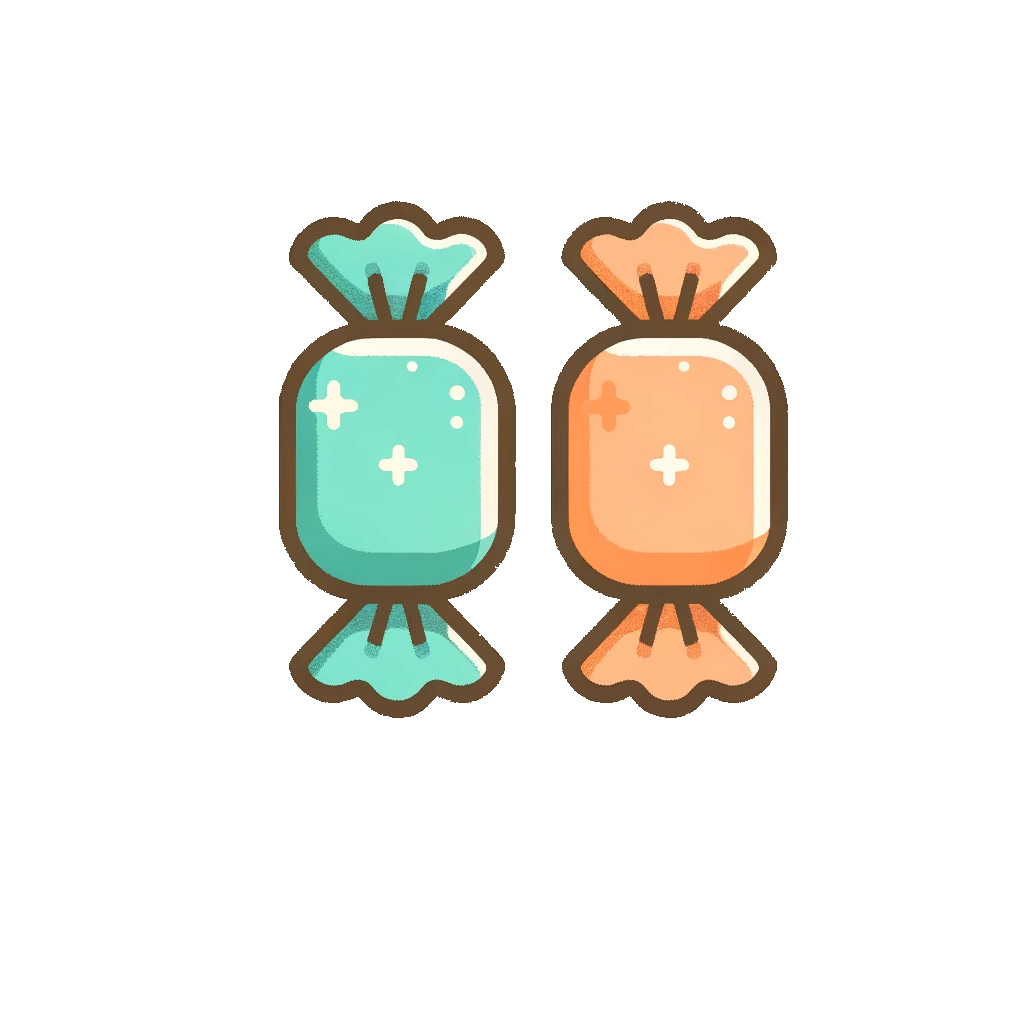漢字:
An introduction to Kanji
Understanding how Kanji works becomes a lot easier as you study Japanese! I’m about to dump a lot of information on you, so if it’s a lot to process my advice is, learn by doing!
The Breakdown
Let’s look at the details and break them down one by one.
Below is a typical kanji study table we’ll use in class. In this example version, each element is labeled. Below the table, you can find a description of each element.
| Day, Sun | ||
|---|---|---|
 |
ニチ、Class: カタカナRomaji: nichiジツClass: カタカナRomaji: jitsu | |
| ひClass: ひらがなRomaji: hi, びClass: ひらがなRomaji: bi | ||
| Japan | 日本nihon | |
| Japanese | 日本語nihongo | |
How to use Kanji
Below we have 2 kanji that we will be using in our examples.
Click the readings to see the romanisation.
| Day, Sun | Book, Origin | ||||
|---|---|---|---|---|---|
 |
ニチ、Class: カタカナRomaji: nichiジツClass: カタカナRomaji: jitsu |  |
ホンClass: カタカナRomaji: hon | ひ、び、かClass: hiraganaRomaji: hi, bi, ka | もとClass: hiraganaRomaji: moto |
Note: I am using the Kanji in relation to an English sentence as we’ve not yet studied Japanese sentences.
Why learn On’yomi and Kun’yomi?
So why use kanji if they’re difficult?
Well… They make reading Japanese easier.
Japanese does not use spaces, making it hard to read when it’s all in hiragana. By putting Kanji in it becomes quicker and easier to read.
Let’s see an example, with emojis representing kanji.
👱🏻♀️is👩🏻🎓.
Sheisastudent.
Wait!
You mentioned having some of the kanji readings hidden?
You’ll come across this on the next page where we study this weeks kanji!
Recommended third party videos!
https://youtu.be/CF3MRMBjd20?si=Ua1KJy0aNUYOo4wF
https://youtu.be/x9-e_3GHrzw?si=McFKi8auU883gdqp





























